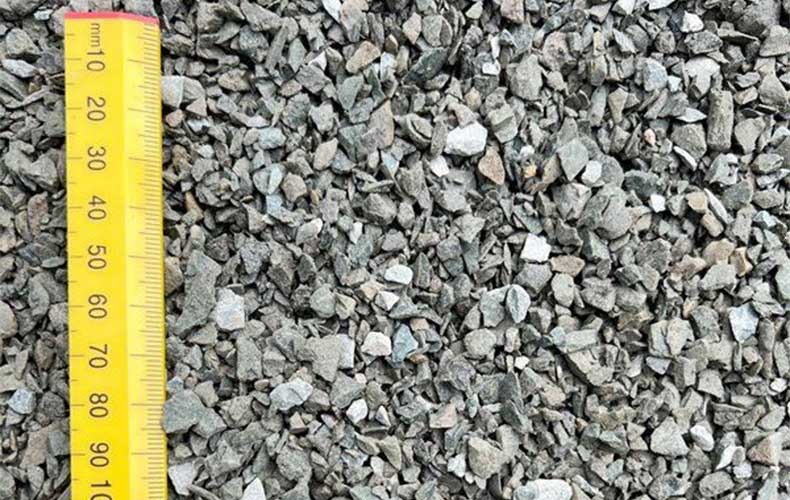What is Horticultural Grit?

Introducing our premium 2-6mm Horticultural Grit – These quarried drainage aggregates are essential for any gardener. Horticulture is the science and art of growing fruits, vegetables, flowers, or ornamental plants; and this practice greatly benefits from this specialised grit. Whether you are an experienced horticulturist or just starting your gardening journey, understanding the benefits and applications of horticultural grit can significantly enhance your gardening efforts.
Composition of Horticultural Grit
Horticultural grit is a type of coarse granite, meticulously graded to ensure uniform particle size. Unlike regular sand and gravel, horticultural grit is washed and free from impurities, making it an ideal choice for gardening. The granite composition provides durability and longevity, ensuring that your gardening efforts yield lasting results.
Improving Drainage
One of the primary uses of horticultural grit is to improve soil drainage. Poor drainage can lead to waterlogged soil and root rot, which are detrimental to plant health. By incorporating our grit into your potting mix or garden beds, you can prevent these issues and promote healthier root systems. This simple addition can make a significant difference in the overall health and vitality of your plants.
Enhancing Soil Aeration
Compacted soil can hinder plant growth by restricting air circulation and nutrient absorption. The coarse texture of our horticultural grit helps to break up compacted soil, enhancing its structure and allowing roots to breathe. Improved aeration is vital for root development and overall plant health, ensuring your plants have access to the necessary nutrients and oxygen.
Weed Suppression and Pest Protection
Horticultural grit can also be used as a decorative top layer in pots and containers. This not only enhances the looks of your garden but also helps to suppress weeds, keeping your garden neat and tidy. Additionally, creating a barrier with horticultural grit around vulnerable plants can deter pests such as slugs and snails, providing an eco-friendly method of pest control without the need for chemicals.
Decorative Landscaping
The natural, earthy appearance of our grit makes it a perfect addition to landscaping projects. It can be used in pathways, garden borders, and rockeries to add a touch of natural beauty to your garden. The textured look of granite grit enhances the visual appeal of any garden space, making it both functional and attractive.
Seed Bed Preparation
Mixing horticultural grit into seed beds can improve germination rates by creating an ideal environment for young seedlings. The grit ensures good drainage and aeration, which are crucial for seedling development. By providing a stable and well-drained environment, seedlings are more likely to thrive and establish strong root systems.
How to Use Horticultural Grit
The application of these quarried aggregates varies depending on the specific needs of your plants and soil type. A general recommendation is to mix grit at a ratio of 1 part grit to 3 parts soil. However, this can be adjusted based on the drainage requirements and soil compaction levels. For seed bed preparation, a thin layer of grit mixed into the topsoil can provide excellent results. Tailoring the amount of grit used to your specific garden needs will yield the best outcomes.
Why Choose Mainland Aggregates’ Horticultural Grit?
Our horticultural grit is eco-friendly, free from harmful chemicals, and carefully graded for consistency. This ensures that you get the best results every time you use it. Whether you're looking to improve soil drainage, aerate compacted soil, or add a decorative touch to your garden, our premium 2-6mm horticultural grit is the perfect solution. Embrace the benefits of horticultural grit and transform your gardening experience. With healthier plants and a more beautiful garden, you'll see why this versatile product is a must-have for every gardener.
